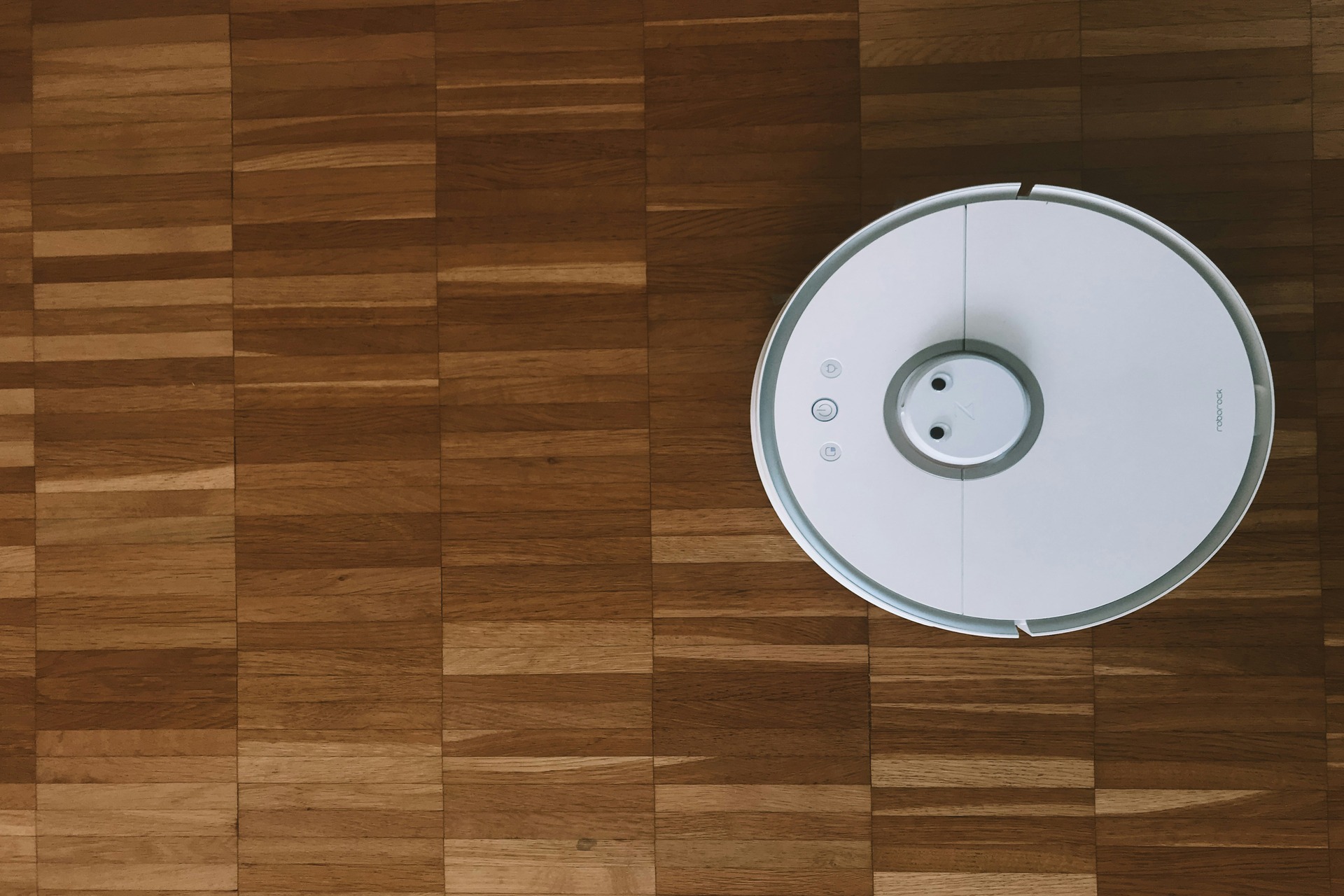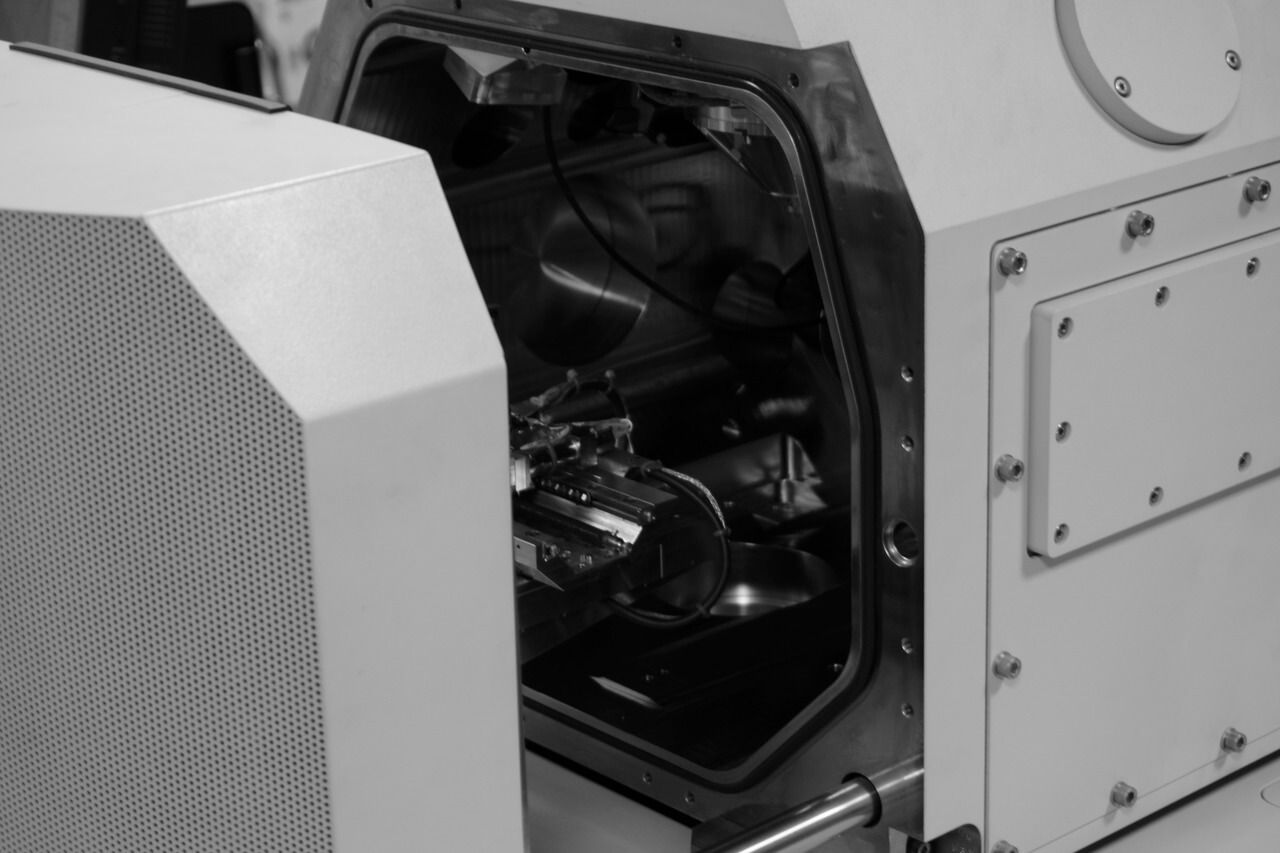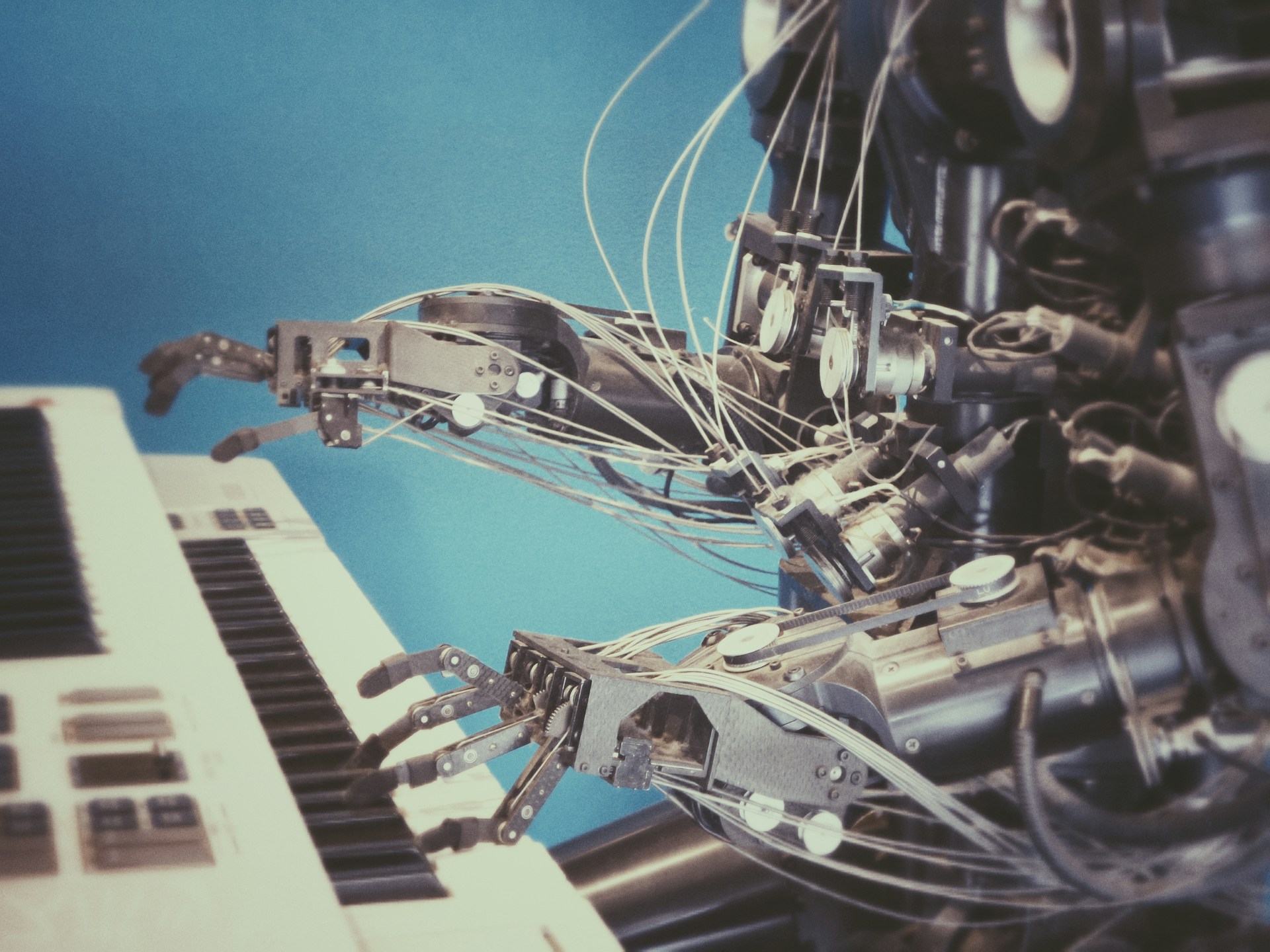Robots may still feel like sci-fi, but they’re already remarkably common. Whether you realize it or not, there are many types of robots working behind the scenes today. Many of these are making the world a better place, too.
Here’s a glimpse at some of the most impactful robots making a difference today.
1. Surgery Robots
Robotic surgeons are some of the newest but most important types of robots for good. These bots often feature multiple tiny appendages, letting them work more precisely than possible with human hands. Most still require input from human surgeons, but some have AI features that let them move more precisely and autonomously.
Surgeons can also control surgery robots remotely. That way, leading experts can perform surgery on patients miles away, making high-quality care more accessible. Robots’ precision has significant benefits, too. The risk of life-threatening complications is lower in robot-assisted surgery than in conventional operations. As these machines become more common, they could save lives worldwide.
2. Disaster Response Bots
Similarly, some emergency response teams use robots to save people when disaster strikes. Small camera-equipped bots can crawl through rubble to find survivors after an earthquake. Aerial drones can spot people stranded after a flood or hurricane. Some can also deliver supplies to help victims before responders arrive.
Robots are ideal for disaster response because they can go where humans can’t. They also remove human responders from the most dangerous parts of an area to prevent further injury after an emergency. Some can even automate tasks like putting out fires or moving rubble to enable faster responses, even when teams don’t have many members.
3. Research Robots
Other types of robots help the world by improving scientific research. Understanding the effects of things like climate change can be difficult with low staff levels and the physical limits of the human body. Robots provide an answer to this problem.
Like emergency response bots, research robots can go where humans can’t. That way, they can gather new information or provide a view researchers wouldn’t have otherwise. Some patrol the skies to see an area from above. Others swim through the ocean to track fish populations. Whatever the specifics, these bots can gather data in harsh environments for long stretches, leading to more in-depth research.
4. Delivery Bots
Delivery robots may not seem as impactful at first, but they perform important work, too. These bots gained popularity at the height of the COVID-19 pandemic to promote social distancing. They let people get food or products they need without risking passing contagions to others if they feel unwell.
These types of robots are good for the environment, too. Most are electric, so they don’t produce any greenhouse gas emissions like delivery vehicles do. By switching to these bots instead of cars, businesses can eliminate a considerable chunk of their carbon footprint.
5. Exoskeletons
Another less obvious but helpful type of robot is the exoskeleton. When you hear the word “robot,” mechanical exoskeletons probably don’t come to mind, but they’re technically a wearable robot. While they’re not yet widespread, they show a lot of promise for worker safety and physical therapy.
Robotic exoskeletons can support worker’s legs as they squat and lift heavy objects to prevent musculoskeletal injuries. Smaller ones on employees’ gloves can provide similar benefits to people who work with their hands. In medical settings, these robots can support physical therapy patients as they rebuild strength in their limbs, slowly providing less support over time as they recover.
6. Autonomous Vehicles
Driverless vehicles are one of the more prominent types of robots today, though you may not think of them as robots. They’re among the most advanced robotics fields today, too, considering they use extensive AI functionality to navigate safely. Once they become the norm, they’ll also play a huge role in making roads safer.
Right now, autonomous vehicles are still too unreliable to drive in all conditions safely. Once engineers crack that code, though, they’ll be the best option. Unlike human drivers, robot cars can’t get distracted, drunk or tired, so they’ll be much less likely to make fatal mistakes.
7. Educational Robots
Most of these other types of robots are industrial or commercial-grade machines, but consumer robots are growing, too. Educational bots are one of the most important within that category. These are home robots that interact with users — especially children — to help them gain and practice new skills.
Some educational robots come in pieces and teach users how to build and program the robot. Others teach kids how to code by letting them write and install new features into the bot. You can also find interactive robots that talk to users to make learning various concepts more exciting.
Potential Downsides to All Types of Robots
All of these robots are impressive, but robotics as a category still faces some obstacles. While these bots are making a positive impact on the world, it’s important to consider robots’ downsides, too.
Job displacement is the most obvious concern. In a perfect world, companies would use robots to help workers instead of replacing them, but that doesn’t always happen. For each robot installed per 1,000 workers, wages drop by 0.42% and employment rates decrease by 0.2%.
Over time, technology creates more jobs than it takes. However, that shift takes time, and the new jobs require different skills and experience than the old, so it’s not a smooth transition.
As robots take on more public roles, safety and liability issues rise, too. Who’s responsible for a fatal crash caused by a self-driving car? What if a rescue robot glitched and failed to help someone it could’ve saved? Over-reliance on these machines before they’re perfect could cause some complicated ethical scenarios.
There Are Many Types of Robots Today
Robots are far from perfect today, but they can be helpful if people use them carefully. These seven types of robots showcase the potential these machines have for the greater good.
Automation may be scary, but it can do just as much for good as it can for harm. It all depends on how organizations use these machines. At the end of the day, a robot is just a tool. Its impact depends on its application, but that means there’s significant potential for good.
Recent Stories
Follow Us On
Get the latest tech stories and news in seconds!
Sign up for our newsletter below to receive updates about technology trends




